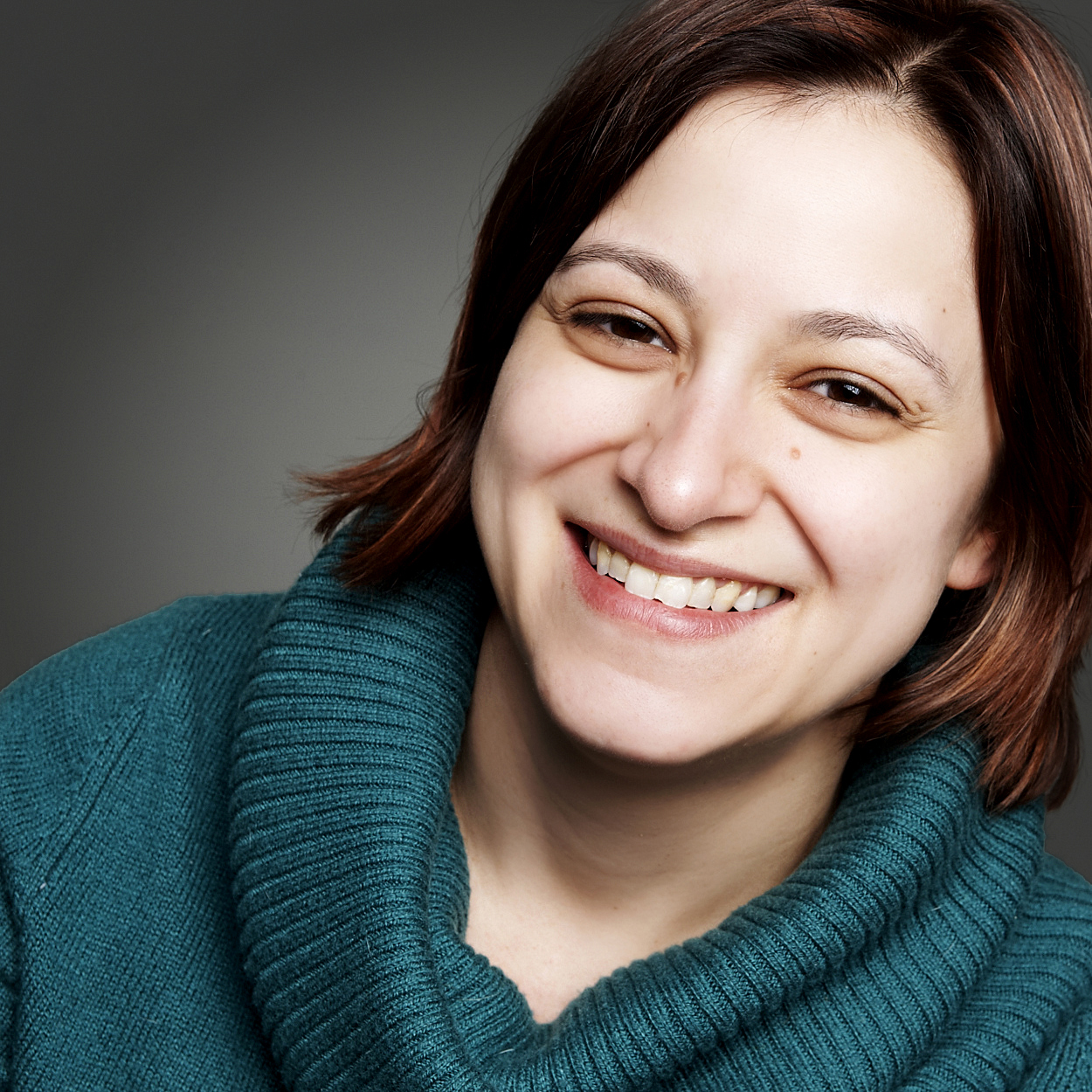Last week, I facilitated a workshop on Literacy in Cultural Context for 37 educators at the Minnesota Educator Academy (MEA) conference—the seventh time this year I’ve led such a workshop in a room of engaged, mostly white educators. Given racial dynamics in Minnesota schools (around 96 percent of teachers are white, while only roughly 70 percent of students are), we must train white teachers to teach culturally diverse content so that what is being taught reflects who is being taught. After talking with and presenting to countless Minnesota teachers, I believe that many want to make their teaching more culturally competent, to be accurate, appropriate and respectful—they just aren’t sure how or where to start.
So, my fellow teachers, here’s some advice on how to start the journey to culturally competent teaching—a journey which I’m still, and will always be, on.
1. Do your research
Challenge yourself to read a book by an author of color for every book you read by a white author. For every education article you read that does not explicitly address race, read one that does. Spend some time on the Teaching Tolerance website. Check out the Immigration History Research Center. Go to a powwow. Visit a museum. I am neither Hmong nor Black, but I have taught Hmong and Black students during my time in the classroom. In order to do this well, I have been a student of Hmong and Black history. I have read books, done internet searches, watched videos and attended workshops. I have taken the responsibility to educate myself and seek out the resources I need to be effective with all students. As teachers, we empower our students to see themselves as learners and we help them be self-directed. We need to do the same ourselves.
2. Bring in missing voices with resources
Choosing resources authored by cultural insiders helps you include broader perspectives. It places culturally and racially diverse viewpoints in a position of authority, making lived experiences the teacher. It gives our students mirrors to see themselves reflected in the curriculum and windows into experiences different from their own. Two of my favorite “guest teachers” are artists E.B. Lewis and Carmen Lomas Garza. The Perpich Library strives to provide educators statewide with culturally relevant teaching resources, many of which are featured on our Pinterest page.
3. Being an expert is optional
If you wait to know “enough” to begin this journey, you may never start. This robs our students of their right to see their experiences validated at school and acknowledged by their teachers and classmates. It’s okay to not know the answers to every question during a lesson, admit that to your students and model the research required to find out. In fact, it demonstrates being a learner—continuing to seek out information and answering questions as they arise. This doesn’t mean you need to rush into trying to teach about every culture in your classroom, just to pick a place to start and take action. Then reflect, revise and repeat!
This work isn’t just for teachers. I also call on others who impact education to do their part. So often we place the burden on teachers to do all the work. Teachers are important, and must be empowered and supported by administrators and institutions in order to do their best. That’s why I also challenge our policymakers and state leaders—including those at the Legislature and Minnesota Department of Education—to make effective, meaningful cultural competency training for teachers a priority, dedicating the funds to make it happen. I call on school boards, superintendents and principals in every district statewide to devote fiscal and time resources to equip teachers to diversify their content and methods.
Based on my experience facilitating workshops on this issue across the state, I really believe that many teachers want to make their teaching and classrooms more culturally competent. They just need help to get started, and for our state and school leaders to enable their journey of honoring in their classrooms one of Minnesota’s greatest resources: the growing diversity of our students and state.
Leah Delia Larson is a library media specialist at Crosswinds Arts and Science School in Woodbury. She started her career in education in 2001, and has taught everything from middle school ESL and special education in Texas to elementary school in Brooklyn. After teaching for several years, she moved back home to Minnesota to complete a degree in school library media, and went on to work at Richfield Middle School and the Perpich Arts High School in Golden Valley before transitioning to her current role. Leah is passionate about many things, particularly literacy, culturally competent curriculum and teaching, equity teacher training, increasing Latino student achievement and family engagement, bilingualism and social and emotional health.
The MinnCAN blogging fellowship allows Minnesota teachers, administrators and parents to share their thoughts on key education issues. MinnCAN supports fellows seeking to advance the conversation around public education, though fellows' views and opinions are solely their own.
